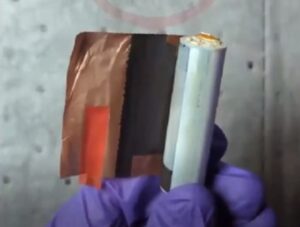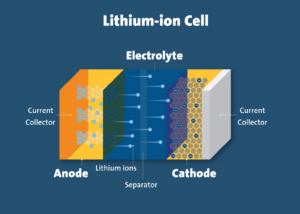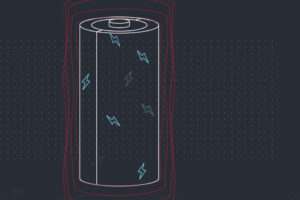Universal Chargers and Safety
With hundreds of manufacturers producing unique and dedicated chargers for every piece of portable electronic equipment, a universal safe solution would require the charger to be able to successfully communicate with the device’s lithium-ion battery and cells.
Different electrode and chemistry combinations have different voltage ranges and limits. When paired, compatible chargers and batteries perform a logic handshake that communicates the necessary charging protocols. Mismatched chargers and batteries do not communicate as needed. When this happens, the battery can be overcharged or discharged or charged with very high currents, resulting in catastrophic failure.
Low-quality and counterfeit chargers oftentimes fail to provide proper protective measures against overcharge, overdischarge, overcurrent and overheating, creating a safety hazard for millions of global users.
Consumers must then be vigilant and search for high-quality, versatile universal chargers which have been tested to the relevant standards.
While the price of purchasing a thoroughly researched and tested device may be higher, it is little in comparison to the risks consumers take when investing in uncertified and untested chargers.









